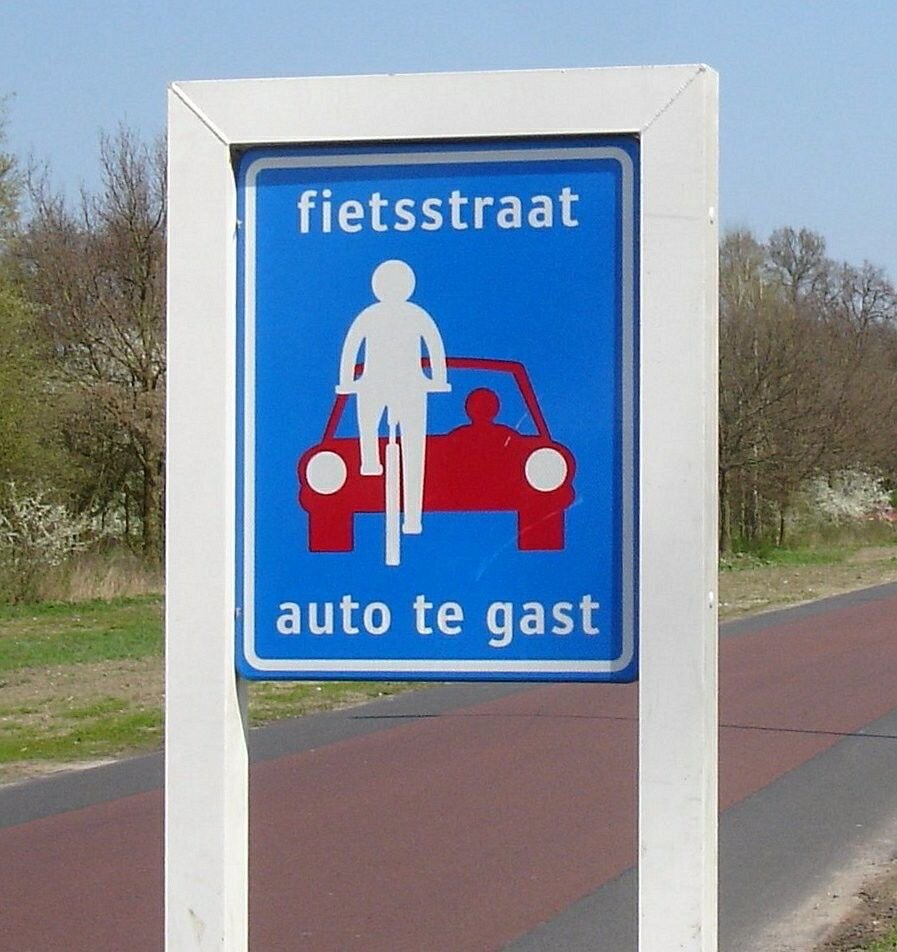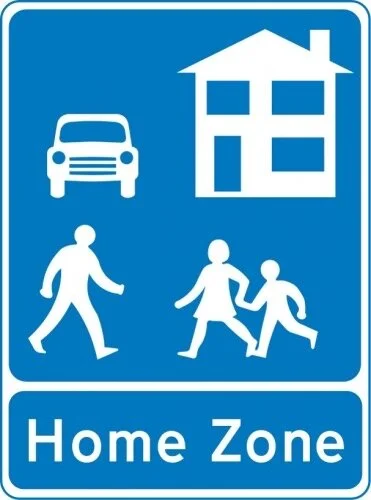Key Principles
You can’t be involved in active travel and not be influenced by the world-leading work of the Dutch with the CROW Road Safety Manual and Design Manual for Bicycle Traffic; we’re no different. Rather than reinventing the wheel, by adopting much of the Dutch way of doing things, the UK can go some way to catching up the 50+ years head start Dutch infrastructure has. However, we also know each country has certain differences to account for. Many of the Dutch design principles had been applied to the UK by the helpful folk at CamCycle in their Making Space for Cycling document. Then, in 2020, the UK government released Gear Change and Local Transport Note LTN 1/20. This took just about everything proposed by CamCycle and a good deal of Dutch influence, and made it government policy! But the hard work is still to be done - getting local authorities to actually build schemes as they are now instructed to do so!
What influences our thinking on Infrastructure Ideas?
A hierarchy of road users, prioritising protecting the most vulnerable, covered by the Dutch principle of Sustainable Safety. A great introduction is given in a blog by The Ranty Highwayman (once you’ve clicked, stay a while - it’s a great resource). This approach is proactive in putting safety ahead of motor vehicle flow, rather than reacting once incidents have happened.
The (again, Dutch) 5 design principles for successful bicycle infrastructure: Cohesion, Directness, Safety, Comfort and Attractiveness. As explained by the Dutch Cycling Embassy (another great resource).
What does this mean in practice?
A network that approaches the density of the road network; multiple safe, convenient ways to make the same journey. There should be options that are direct, and those that are more circuitous. This will, when necessary, also allow for convenient diversions just as with the road network.
Where possible, foot and bike paths should be segregated to best avoid conflict between users. Bike paths should be laid out and designed in a similar way to the approach taken for roads.
Main, busy active travel routes should, wherever possible not share the same space as main motor vehicle routes, i.e. arterial roads. While active travel infrastructure will still be required on these roads (to accommodate journeys that start or finish there), planning should shift large volumes of active travel traffic to parallel routes.
A network is only as good as its weakest link. As junctions / crossings / changes of direction are the most dangerous place for cyclists, these should be addressed as a priority. These areas are also the least suitable for the use of shared space.
PAINT IS NOT INFRASTRUCTURE! A bike lane painted on the road has been shown to be less safe than no bike lane; paint at junctions has been shown to be even worse.
Segregated bike paths, junctions and controlled crossings should be used on all roads where speed limits exceed 20mph.
All local authority responsibility roads in built-up areas should have a default speed limit of 20mph. We will support any local Twenty’s Plenty campaign in Hull and the East Riding.
Segregated bike paths should be used, regardless of speed limit, on routes with frequent heavy vehicle traffic i.e. bus routes, industrial estates.
Through-traffic should be limited to as few roads as possible with modal filters used where necessary. 3.5 and 7.5 tonne weight limits should be used in built-up areas to prevent road use by inappropriately sized vehicle through-traffic.
Segregated infrastructure isn’t required where filtering of traffic reduces it to property access only and roads are engineered to maximise compliance with 20mph or lower speed limits. We will support any efforts to create Home Zones or Play Streets across Hull and the East Riding.
Roads engineered for speed compliance with horizontal features i.e. width reduction, chicanes, appropriate use of street furniture, are preferred to vertical features i.e. speed bumps. The exception being speed tables at crossings or junctions.
Main road foot and bike paths should be given priority over side road traffic through the use of continuous foot and bike paths across side road junctions. Junction radii should be tightened as much as possible to ensure low motor vehicle speeds.



